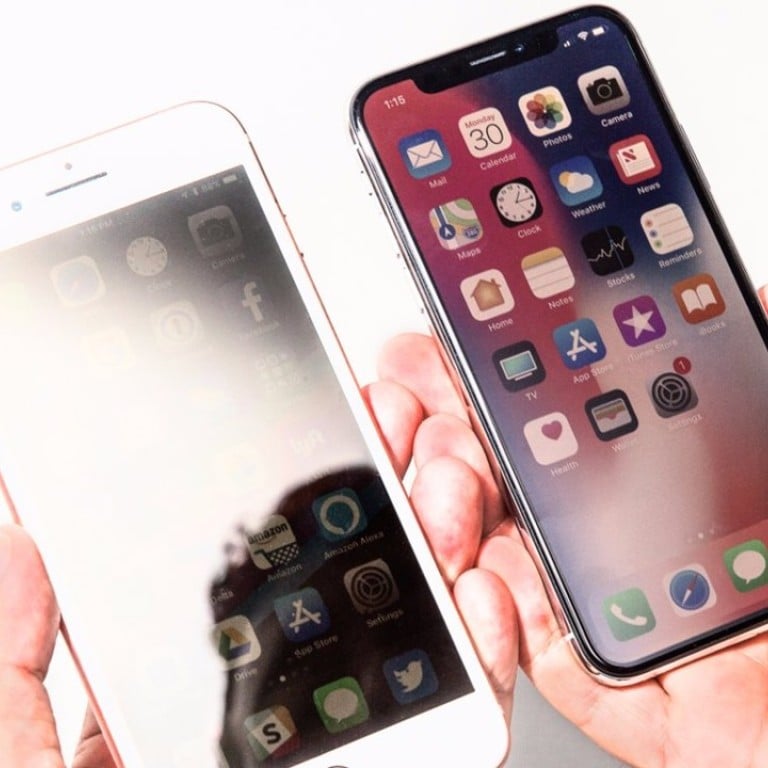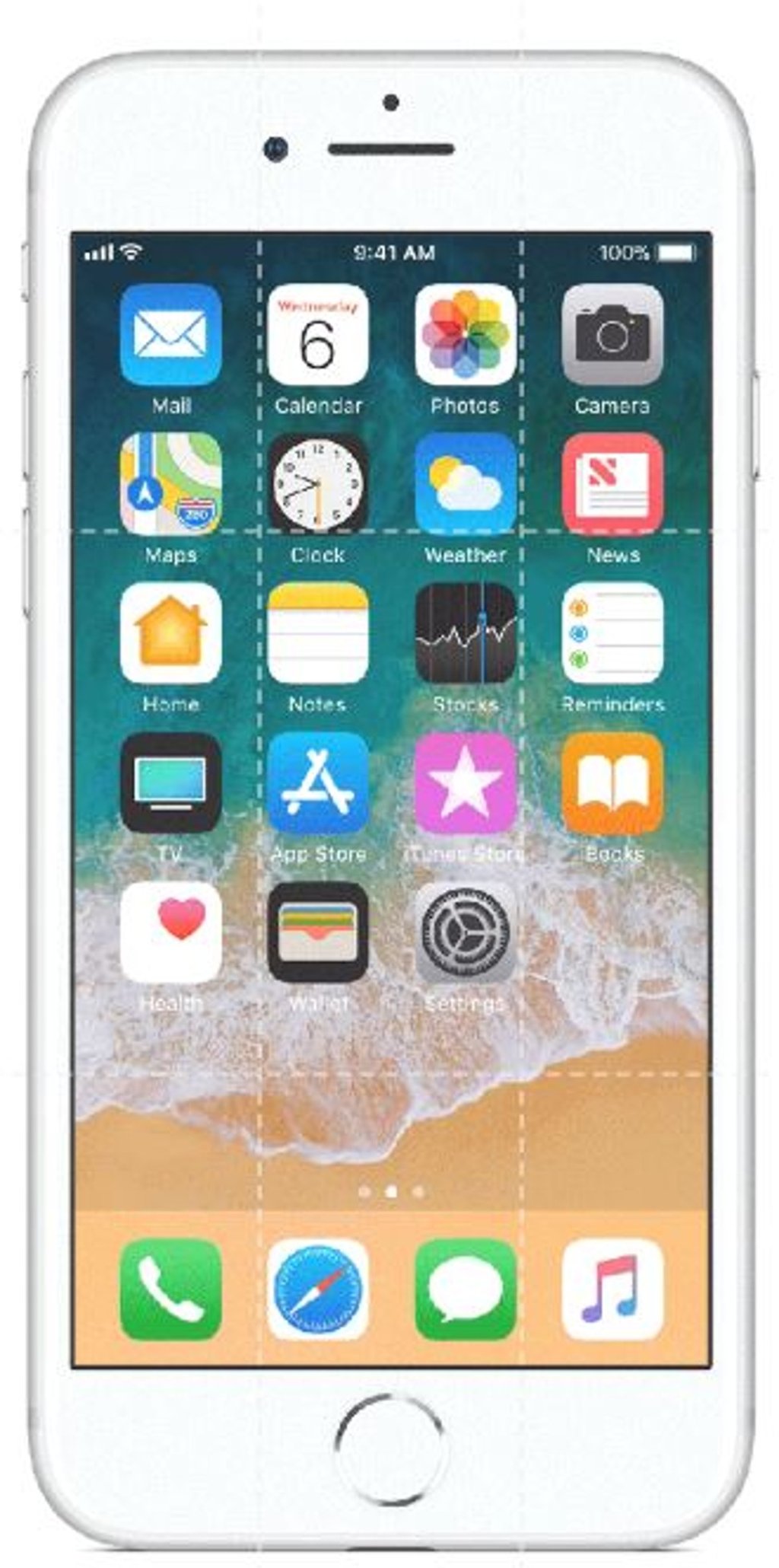5 common myths to ignore about iPhone battery life – and what you can do to prolong it

Many claims about what drains iPhone batteries are wrong – but you can help protect yours by changing some settings and also using your mobile differently
You are not alone: everyone wants to eke out more time from their iPhone battery.
But you might not be going about it the right way.
Because so many people have iPhones, a lot of conventional wisdom about iPhone battery life can be similar to folk wisdom – the body of knowledge and experience that comes from the beliefs and opinions of ordinary people.
Yet that is not to say there are not ways you can improve your battery life by changing specific settings, or the way you use your iPhone.
Here are five common myths about iPhone battery life, what you can do about them, and sources where you can find additional information:
Myth #1: closing apps you are not using can save battery life
It is a safe bet that at some point you know someone who compulsively shuts off apps on their smartphone to save battery power.
They hit the home button twice, and then swipe up on various apps they have used in the past until the carousel is cleared.
